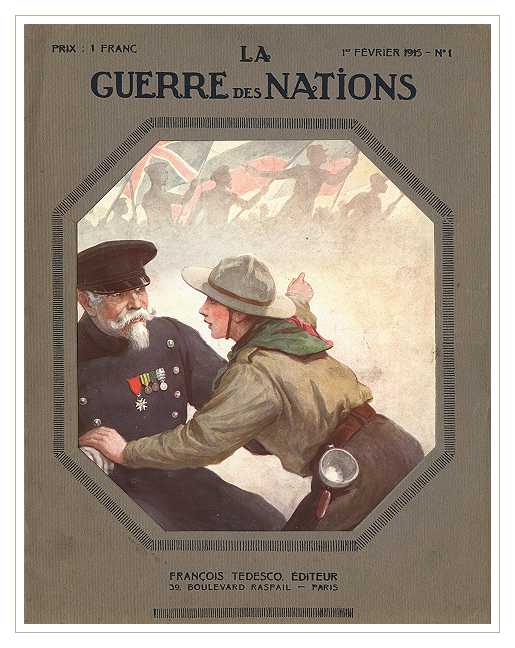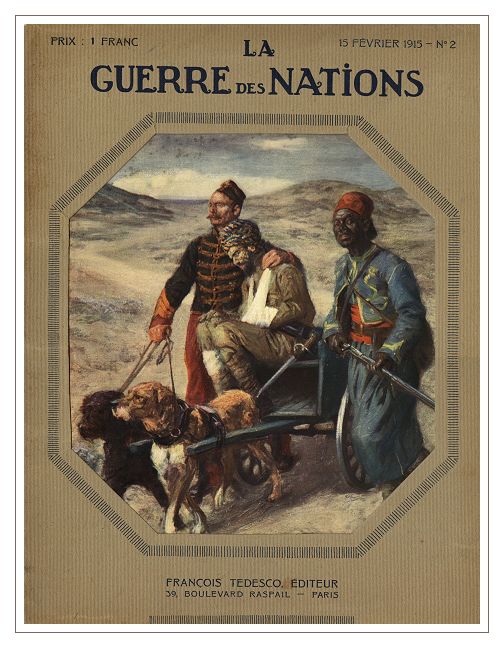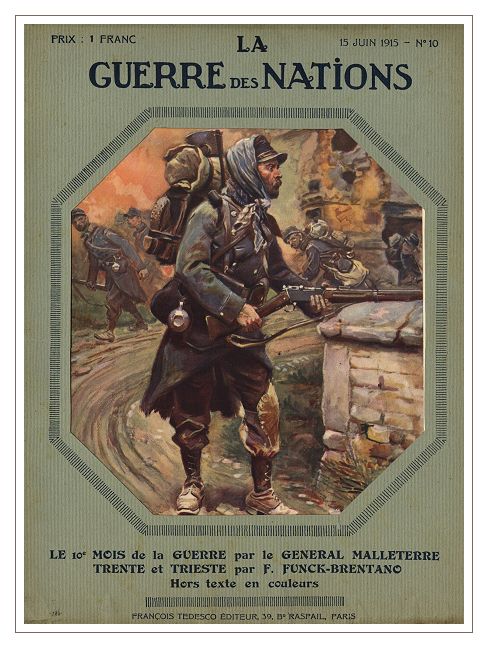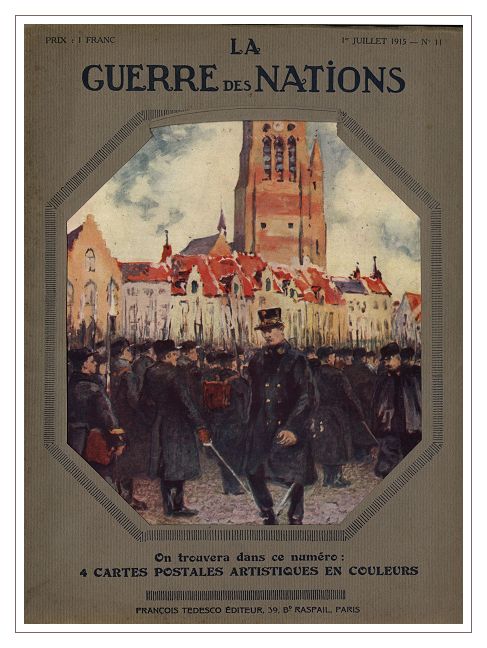

a Superbly Illustrated French Magazine
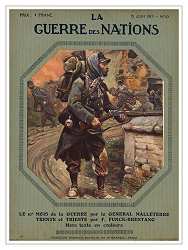

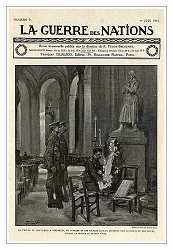
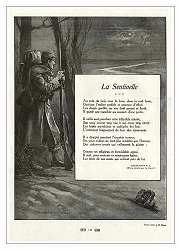
'La Guerre des Nations' while having the same title as a British publication ('the War of the Nations'), was not a translation, but an entirely independant magazine. It was a publication of quality, printed on heavy stock paper with color prints and regularly included etchings suitable for framing. The articles were of an artistic and intellectual bent, accompanied by numerous poems, photographs and illustrations by various amateur and professional artists.
It was quite similar to 'La Guerre Documentee' in appearance and contents, though published by a different company. While generally excellent in appearance and presentation and containing articles and artwork by many prominent and famous authors and artists, it was nonetheless a vehement anti-German publication. 'La Guerre des Nations', while quite naturally extolling the virtues of French and Allied soldiery, stooped to needlessly low depths in depicting German counterparts as heartless barbarians, capable of beastly cruelty not only to their enemies but also to their own troops. There was also a tendency to credit the Teutonic 'race' with vile and cowardly attributes in general.
'La Guerre des Nations', probably by virtue of the numerous Belgian writers and artists in exile or under arms submitting work to the magazine, also devoted a large part of its pages to articles dealing with Belgian subjects, both at the front and in the occupied teritory.
see also full text articles from this magazine :
- Les Goumiers
- Le Soldat Russe
- Les Huns au Pays Noir
- La Guerre sur l’Yser
- Parisienne 1914 - Infirmière 1915
- La Maison du Passeur
- Soeur Julie de Gerbevillier
- Belges en Angleterre
- Combats de Neuville 1915
- Combats en Lorraine 1914
